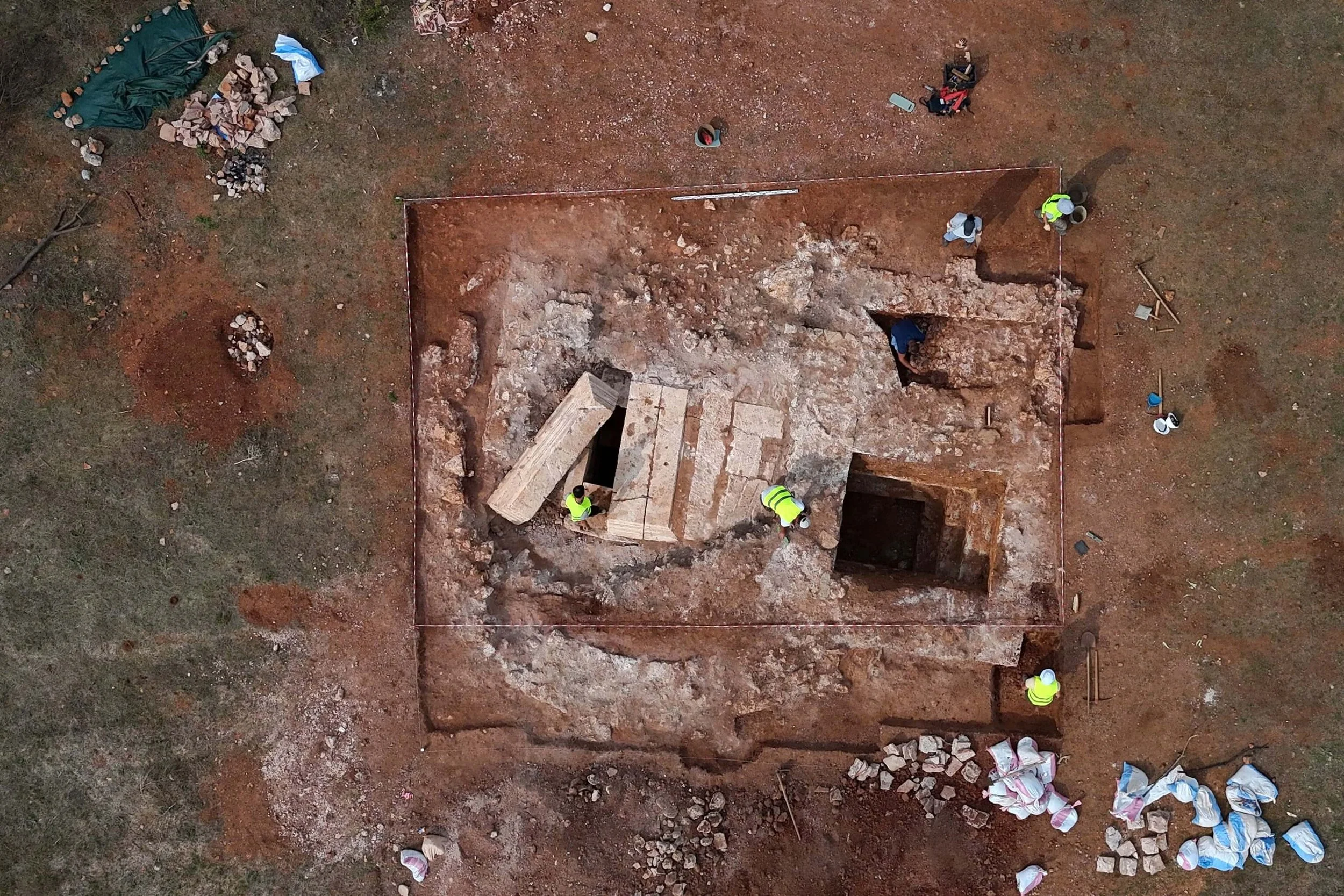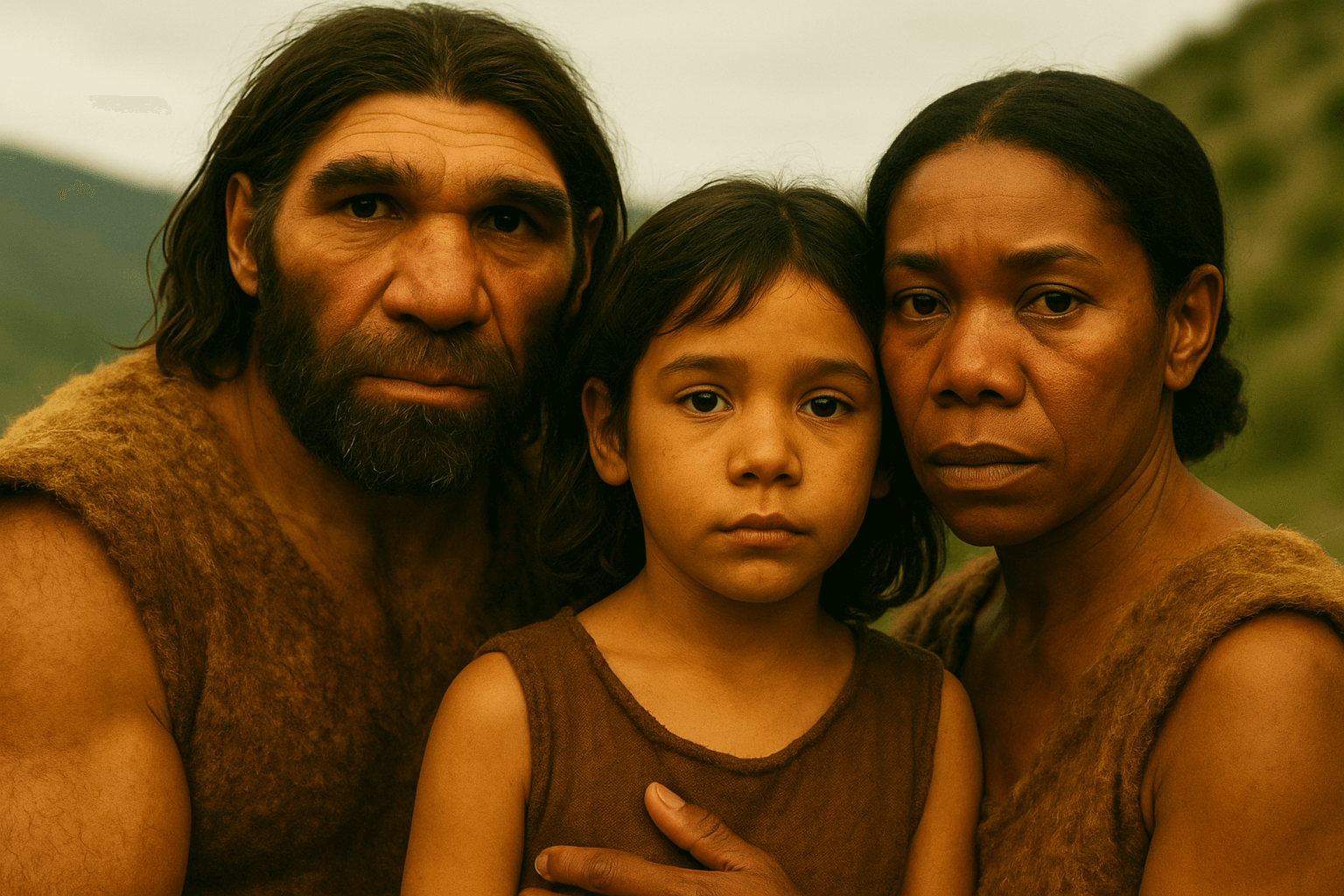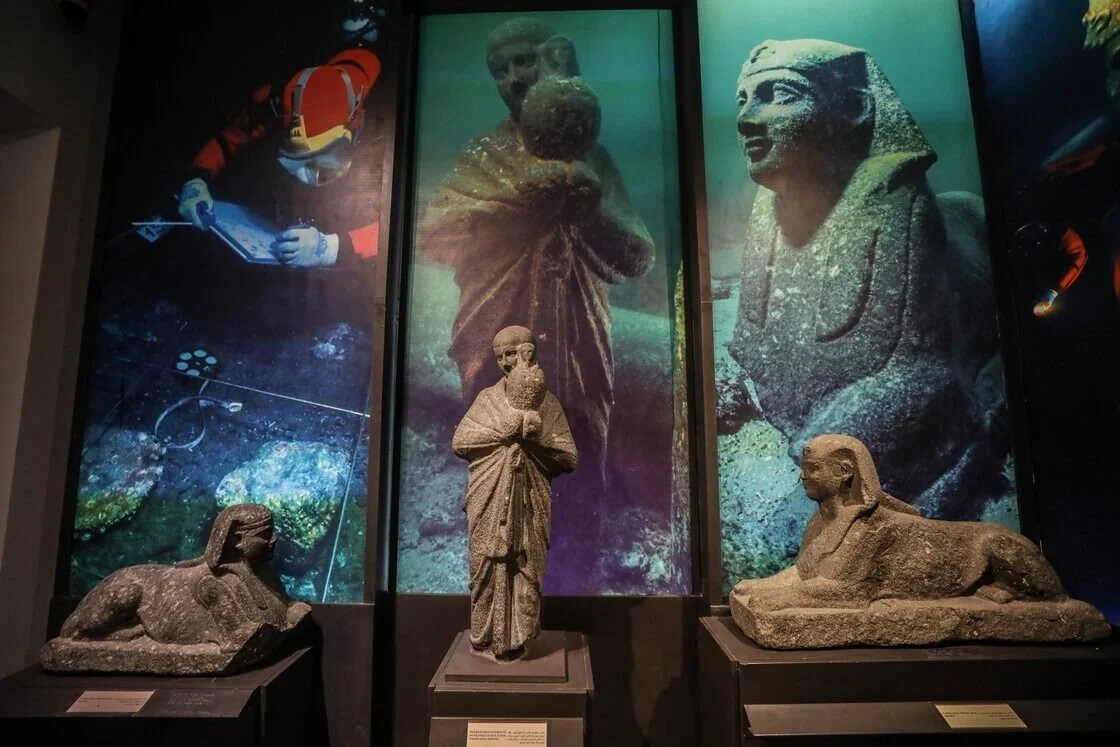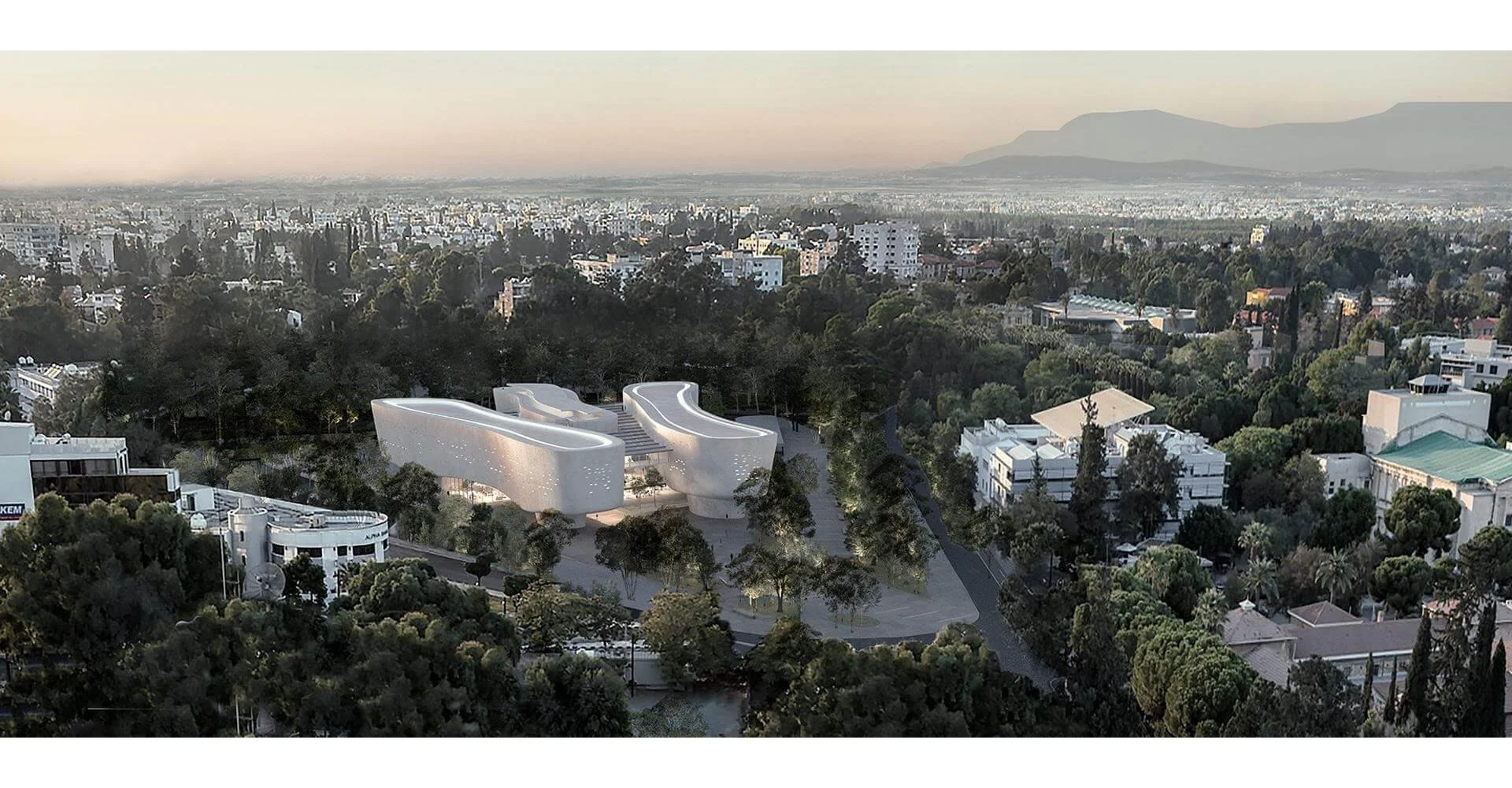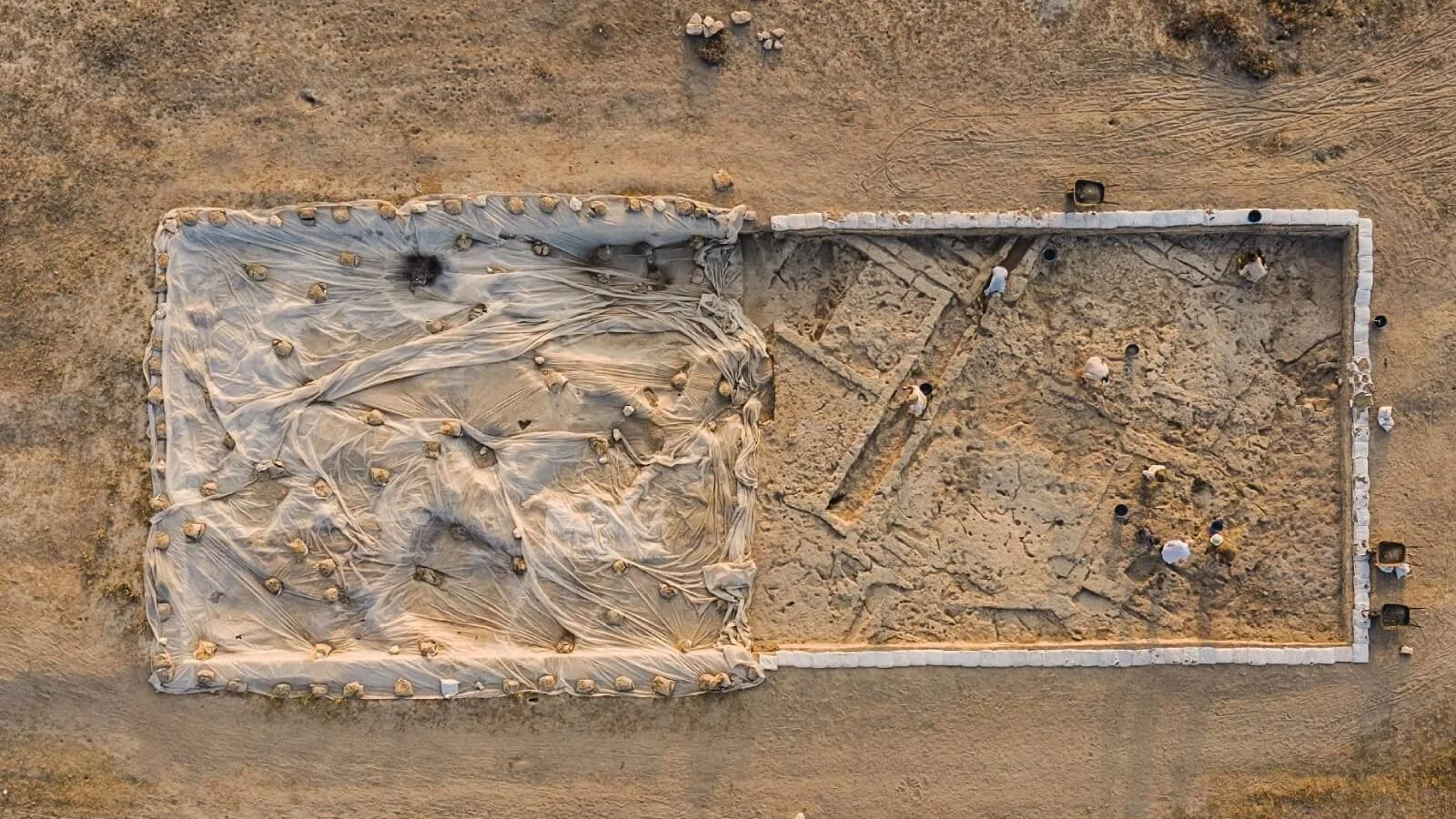Important part of building dating back to 10,000 B.C. unearthed, says archaeologist Ergul Kodas
MARDIN, Türkiye
Archaeologists in southeastern Türkiye have discovered the remains of a "public building" thought to be 12,000 years old.
"An important part of the building, which was built three times one-on-top-of-the-other and dates back to 10,000 B.C., has been unearthed," said archaeologist Ergul Kodas, who leads a 15-person team at the excavation area at the Boncuklu Tarla (Beaded Field) site in Mardin province.
Kondas, who is also an academic at Artuklu University, told Anadolu Agency: "An entire building was unearthed. These are large-sized structures that are not residential and have been used by many individuals or groups."
Archaeological excavations that started in 2012 by the Mardin Museum Directorate continue in the area, which has hosted 25 civilizations throughout history, including the Sumerians, Assyrians, Romans, Abbasids, Seljuks, and Ottomans.
Ancient temples
A large number of finds from the epipalaeolithic period to late Pre-Pottery Neolithic B era have so far been unearthed at Boncuklu Tarla, which covers an area of nearly 2.5 hectares (about 6 acres).
During the excavations, architectural remains, dwellings, private buildings, public buildings, the skeletons of 130 individuals, more than 100,000 beads, and a temple thought to be 11,300 years old have been found so far.
The last temple found in Boncuklu Tarla is estimated to be 12,000 years old.


